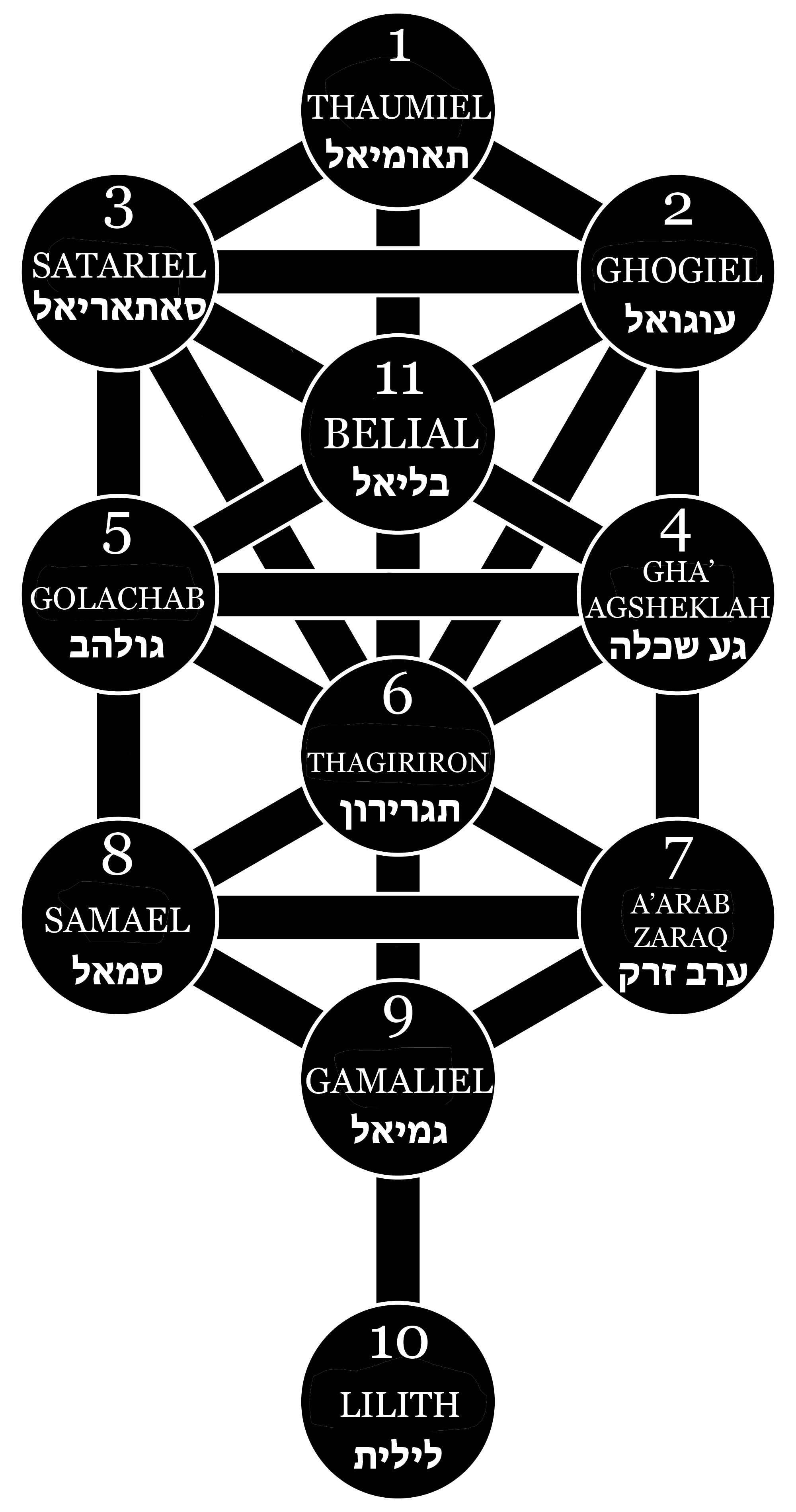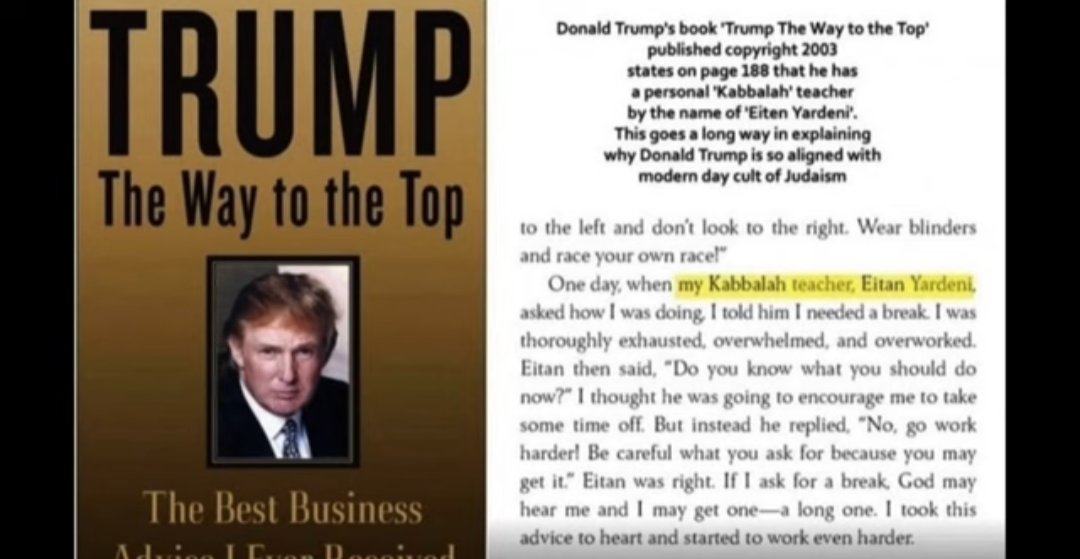What is Kabbalah?
Kabbalah is an esoteric tradition within Judaism that seeks to explain the relationship between the eternal Creator and the finite universe. Originating in medieval Spain and Provence, it involves mystical interpretations of the Hebrew Bible, particularly the Torah, using concepts like the Tree of Life (Sefirot), which represents divine emanations. Practitioners study texts such as the Zohar to gain deeper spiritual insights, aiming for union with the divine through meditation, prayer, and ethical living.
While often presented as a path to enlightenment, Kabbalah has roots in ancient mysticism and has been associated with occult practices. Some scholars trace its influences to Gnosticism, Neoplatonism, and even earlier pagan traditions, suggesting it's not purely Jewish but a syncretic system adapted over centuries.
The Etz Chaim (Tree of Life)
The Etz Chaim, or Tree of Life, is a central symbol in Kabbalah, depicting the structure of creation through ten Sefirot (divine emanations): Keter (Crown), Chokhmah (Wisdom), Binah (Understanding), Chesed (Mercy), Gevurah (Judgment), Tiferet (Beauty), Netzach (Victory), Hod (Glory), Yesod (Foundation), and Malkhut (Kingdom). These are connected by 22 paths corresponding to the Hebrew letters, forming a map for spiritual ascent and understanding the divine flow from the infinite (Ein Sof) to the material world. It serves as a meditative tool to balance these attributes in one's life.
The Sefer Yetzirah
The Sefer Yetzirah (Book of Formation) is one of the earliest Kabbalistic texts, attributed to Abraham or ancient sages, though likely composed between the 3rd and 6th centuries CE. It describes the creation of the universe through the 32 paths of wisdom: 10 Sefirot and 22 Hebrew letters. The text exists in multiple versions, primarily the short version (about 1300 words), which is concise and poetic, focusing on core principles of creation via letters, numbers, and sounds. The long version (up to 2500 words) includes additional commentaries, expansions, and ritualistic details, providing more interpretive layers on how to manipulate these elements for mystical purposes. Differences lie in length and depth, with the long version offering more practical applications, sometimes bordering on magical instructions.

The Dark Side of Kabbalah
Beneath its spiritual facade, Kabbalah harbors a darker aspect involving practical magic, invocations, and manipulation of unseen forces. Historical figures like Sabbatai Zevi used Kabbalistic teachings to proclaim himself the Messiah in the 17th century, leading to mass hysteria and conversions. This "dark Kabbalah" includes concepts like the Qliphoth, the "shells" or inverse Tree of Life, representing evil forces and demonic realms that can be harnessed for power.
The Qlippoth
The Qlippoth (or Kelipot, meaning "husks" or "shells") are the shadowy counterparts to the Sefirot in the Etz Chaim. They emerged from the "Shattering of the Vessels" (Shevirat HaKelim) in Lurianic Kabbalah, where divine light overwhelmed some vessels, creating fragmented, chaotic forces. Each Qlippah mirrors a Sefirah but in distortion: for example, Thamiel (opposing Keter) represents duality and rebellion against unity, while Gamaliel (opposing Yesod) embodies obscenity and illusion. In occult practices, the Qlippoth are explored as the "Tree of Death," realms of imbalance, temptation, and demonic entities. While traditional Kabbalah views them as obstacles to overcome for spiritual redemption (Tikkun Olam), darker interpretations allow adepts to invoke these forces for personal power, risking possession or madness. Critics link them to black magic, where they serve as gateways to forbidden knowledge and control over reality.
Critics argue that Kabbalah's emphasis on hidden knowledge and numerology (Gematria) can lead to occult rituals, including blood magic and spirit summoning, as described in texts like the Sefer Yetzirah. In some interpretations, it's linked to black magic, where adepts seek to control reality, potentially inviting malevolent entities and causing spiritual corruption.

Modern Conspiracies Involving Kabbalah
In contemporary conspiracy theories, Kabbalah is often portrayed as a tool of elite control. Groups like the Illuminati and Freemasons are accused of incorporating Kabbalistic symbols into their rituals, using them to manipulate global events. Celebrities such as Madonna and Kanye West have popularized "Hollywood Kabbalah," seen by some as a diluted version masking deeper occult agendas.
Historical Families Associated with Kabbalah
Several historical families have been linked to Kabbalah, either through direct practice or in conspiracy lore. The Kalonymus family, prominent in 12th-century Germany (Hasidei Ashkenaz), included figures like Samuel ben Kalonymus He-Hasid and Judah He-Hasid, who developed early mystical texts emphasizing asceticism and esoteric knowledge. In Lurianic Kabbalah, the Luria family, with Isaac Luria (the Ari) as a key expounder in 16th-century Safed, revolutionized the tradition with concepts like the Qlippoth. In modern conspiracies, the Rothschild family is frequently accused of using Kabbalistic principles for economic dominance, with their banking empire allegedly built on numerological and symbolic manipulations derived from Kabbalah. Other families, like the Caro (Rabbi Yosef Caro) and Vital (Rabbi Chaim Vital), preserved and expanded Kabbalistic teachings, passing them down through generations.
Celebrities and Examples of Kabbalah Use
Hollywood's fascination with Kabbalah peaked in the 2000s, with many celebrities attending the Kabbalah Centre and adopting its practices. Madonna, a prominent follower since the 1990s, has donated millions and incorporated symbols into her music and tours, such as the red string bracelet for protection against the evil eye. Ashton Kutcher and ex-wife Demi Moore were regulars at the Centre, with Kutcher even studying texts like the Zohar; Moore credited Kabbalah for her personal growth. Britney Spears wore the red string during her turbulent years and got Hebrew tattoos inspired by Kabbalistic concepts. Lindsay Lohan explored it during rehab, claiming it helped her spirituality. Paris Hilton, Naomi Campbell, and Mick Jagger have been spotted with red strings or attending events. Sandra Bernhard, an early adopter, introduced many to the Centre. Roseanne Barr and Anthony Kiedis (Red Hot Chili Peppers) have spoken about its influence on their lives. Donna Karan has supported the Centre financially. These endorsements are seen in conspiracies as promoting a watered-down version to normalize occult influences, with symbols in music videos and fashion subtly programming the masses.
Theories suggest that Kabbalah influences modern institutions: from the layout of Washington D.C. incorporating Kabbalistic geometry to the entertainment industry's use of symbols like the All-Seeing Eye, derived from Kabbalistic mysticism. Proponents claim this "dark Kabbalah" enables secret societies to engineer social changes, financial crashes, and even wars for their benefit. While dismissed by mainstream sources, evidence from leaked documents and symbolic analyses supports these claims for those who look closely.
- Elite Control: Kabbalah's numerology allegedly used in false flag operations, with dates and numbers aligning to Sefirot patterns.
- Media Manipulation: Music videos and films embed Kabbalistic symbols to subliminally influence the masses.
- Global Agendas: Linked to New World Order theories, where Kabbalistic knowledge helps orchestrate depopulation and surveillance states.
- Celebrity Involvement: Red string bracelets and public endorsements hide ritualistic practices among the elite.
- Historical Ties: Connections to Rothschild family and banking empires, using Kabbalah for economic dominance.
These conspiracies highlight concerns over hidden powers using ancient mysticism for modern domination, urging vigilance against symbolic manipulations in daily life.
